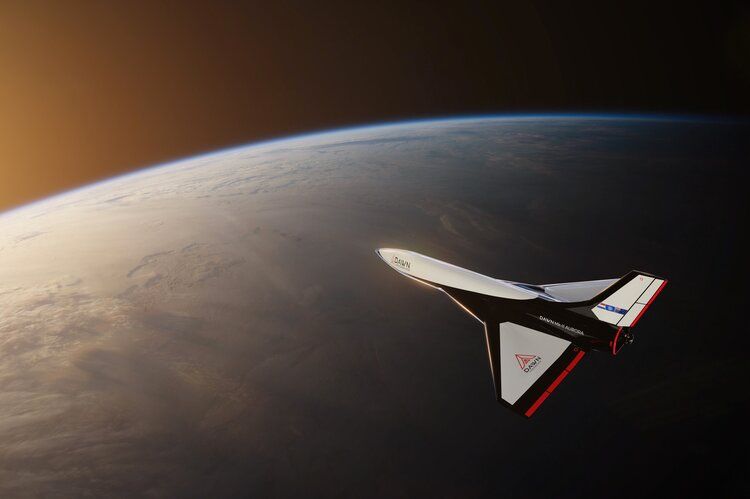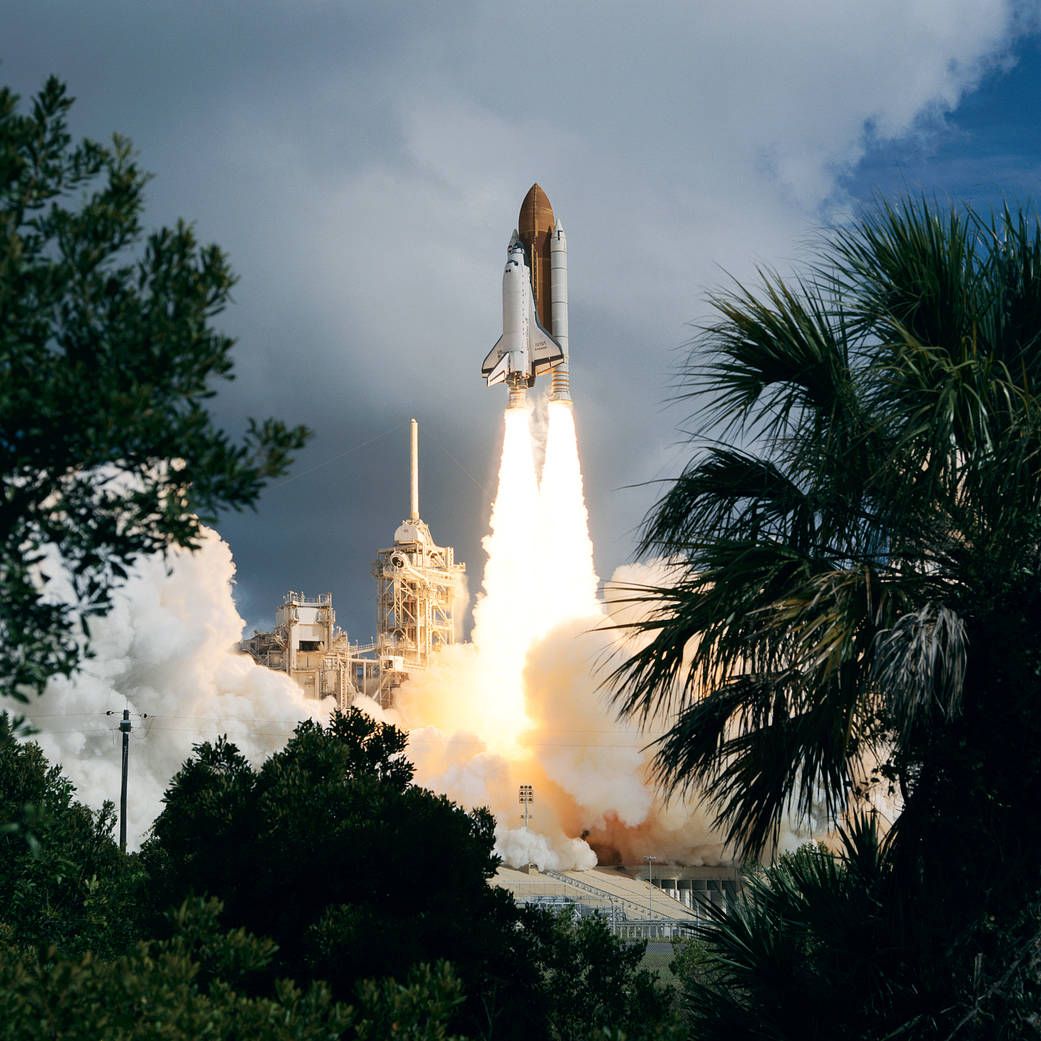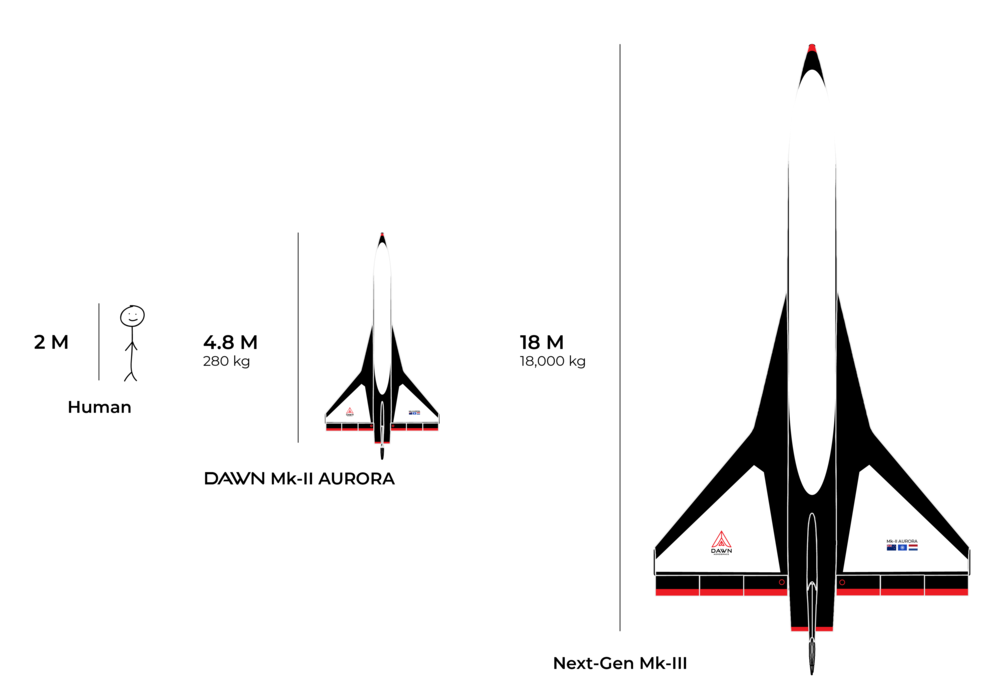
Ever since man began conducting missions in space, there has been a vision to transform space travel from something extraordinary into something routine. A hurdle that's proven hard to overcome is the long turnaround time for reusable space vehicles. It's easy to understand why a short turnaround time is essential.
A long turnaround makes frequent trips to space require a more extensive fleet of spacecraft and subsequently more facilities and a larger maintenance crew. That translates into cost. The original space shuttle was intended to address precisely that. Being reusable, hopes were to achieve a turnaround time of 160 hours, but in practice, the average ended up being 87 days, while the record was 54 days.

And reducing this figure has proven difficult. In fact, the 1985 record remained until last year, when a SpaceX Falcon9 decreased that to 51 days. The same craft also holds the current record; 27 days. In the Space Shuttle case, turnaround translated into cost as the intended cost was forecast to $10.5 million per flight, while the actual cost ended up closer to $200 million.
A company that intends to better this significantly is Dawn Aerospace. The Dutch-New Zeelander company aims to develop a spaceplane capable of taking off from regular airports worldwide, carrying satellites and cargo into space, and returning several times every day.
Dawn mentions a few of the measures they've taken to achieve this short turnaround. Their craft will be licensed as airplanes, allowing them to operate without exclusive launch zones or bespoke infrastructure. They also won't use cryogenic fuels, allowing for carbon fiber fuel tanks that are less prone to micro-cracking. They state the engine should have a service life comparable to those used on regular aircraft.
Test flights
Dawn's current spacecraft is known as the Aurora Mk-II. It's an unmanned spaceplane with a length of 15.7 feet and has a payload capacity of less than 4kg. For three days, from 28th to the 30th of July, five test flights took place, reaching a max altitude of 3400 feet.
"We are delighted with the results and demonstrating rapid turnaround — we conducted five flights within three days, and two flights occurred within 90 minutes of each other", Stefan Powell, the CEO of Dawn stated.
These flights were carried out using jet engines, and once fitted with rocket engines, the vehicle will undergo tests at high altitudes and supersonic speeds. Dawn claim that the craft will be able to reach an altitude of 100 kilometers.

Aurora Mk-II is intended to lead to a larger successor, the Mk-III, which will deliver payloads of 250 kilograms to orbit while maintaining a quick turnaround.




